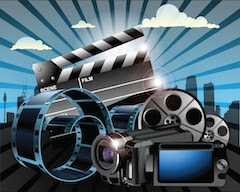Reflection 8: People Media

Reflection 8: People Media Definitions are highly based on the understanding of the author. People media defined as persons that are involved in the use, analysis, evaluation, and manipulation of media. In the session, we learn two categories of people media. the first one is people as media and the other one is people in media. People as media act as media itself. they are the opinion leaders who shares their knowledge to those people who are not media literate. they are often speakers that bring information with opinions to disseminate knowledge to those low profile people in the society. Another is citizen journalist. they are not trained journalist but has the ability to use media to inform or give opinions in a certain issue in the society. Third is social journalist who used social media to disseminate information to the people. They are commonly bloggers or any journalist who brings huge inf...





